5 Fun Facts About Gutters You Probably Didn't Know
Gutters are something we take for granted until they don't work. According to NPR Newswire, the demand for gutter installation is on the upswing, with the industry set to hit the $7.9 billion (about $24 per person in the U.S.) mark in 2025. You may not give them a lot of thought, but five fun facts may get you to think about gutters in a different light.
1. They Are an Ancient Design
How long do you think gutters have been gracing roofs around the globe? While the design has dramatically improved over the last few thousand years, gutter-like structures were installed in ancient times. For example, the Roman aqueducts had gutter-like structures installed to manage rainwater. There is evidence these structures have been in place for about 2000 years, according to our experts.
2. They Can Be Quite Long
The longest gutter system in the world is installed in Gardens By the Bay in Singapore, according to BBC. The single structure spans over 4,396 feet (about the elevation of Denver, Colorado). This is an impressive structure because the average gutter section runs about 50 feet.
3. The Gargoyles Weren't Just for Looks
Early architects got fancy with how they managed water. Gargoyles (the famous statues that adorned many a building) were actually built to spout water away from buildings. Of course, these massive statues were hand-carved and would be cost-prohibitive today.
4. They Can Be Different Materials
In the United States, typically, a gutter is crafted from either some metal or it is crafted from vinyl. However, you may find them made from bamboo in other parts of the world. It's not unusual to find a home with a bamboo gutter in Asia, where bamboo is abundant, per Guadua Bamboo.
5. They Aren't Always Called Gutters
Our neighbors to the north in Canada have a different name for a gutter. In Canada, eavestroughs do the same job as gutters. An eavestrough is called such because it sits at the end of the eave of a roof. In England, a gutter is a rain gutter or rain trough.
Gutters are an essential part of any roof system. They protect both your roof and your foundation. Learn more about gutter installation, repair, and maintenance. Call B.G. Absolute today!

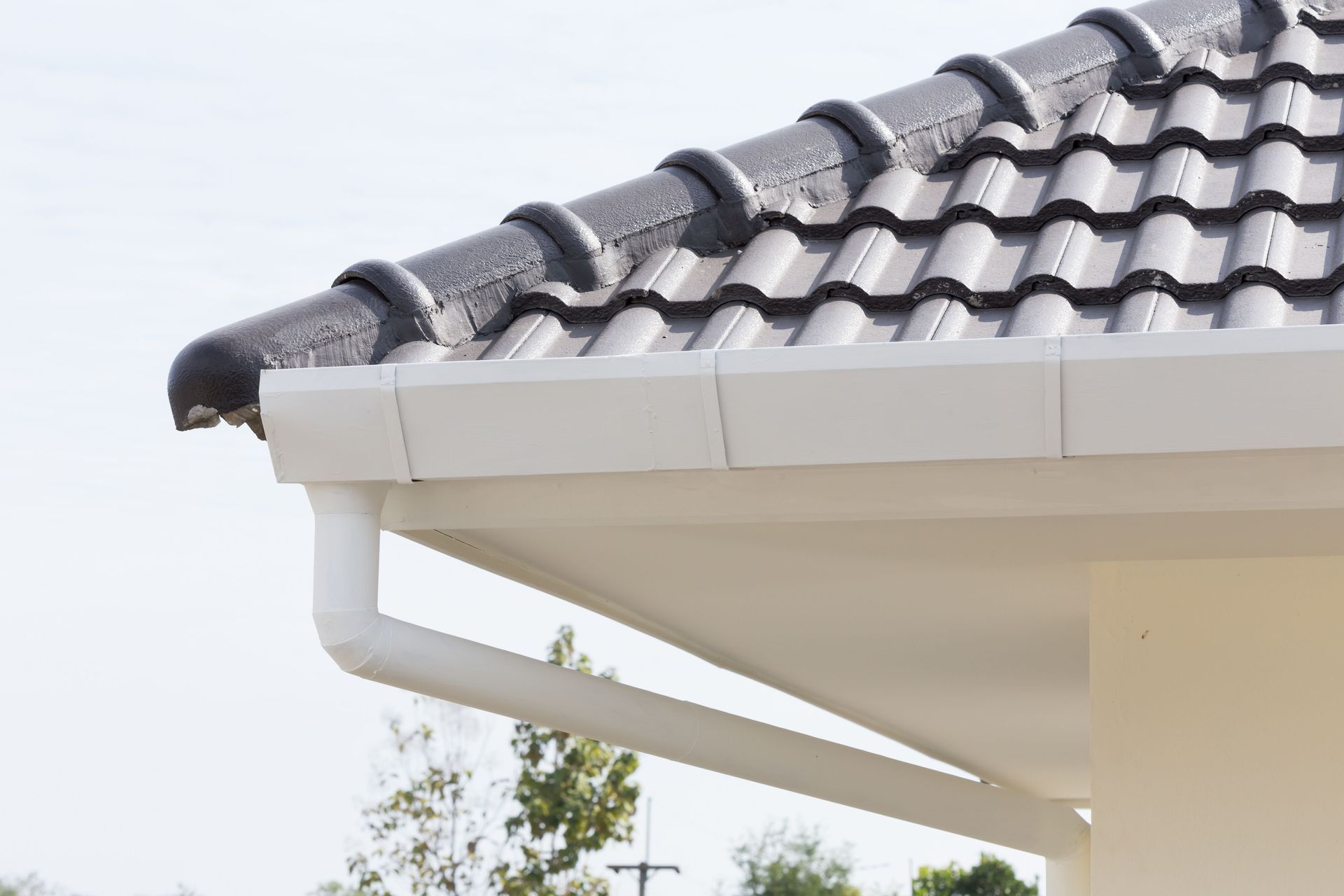
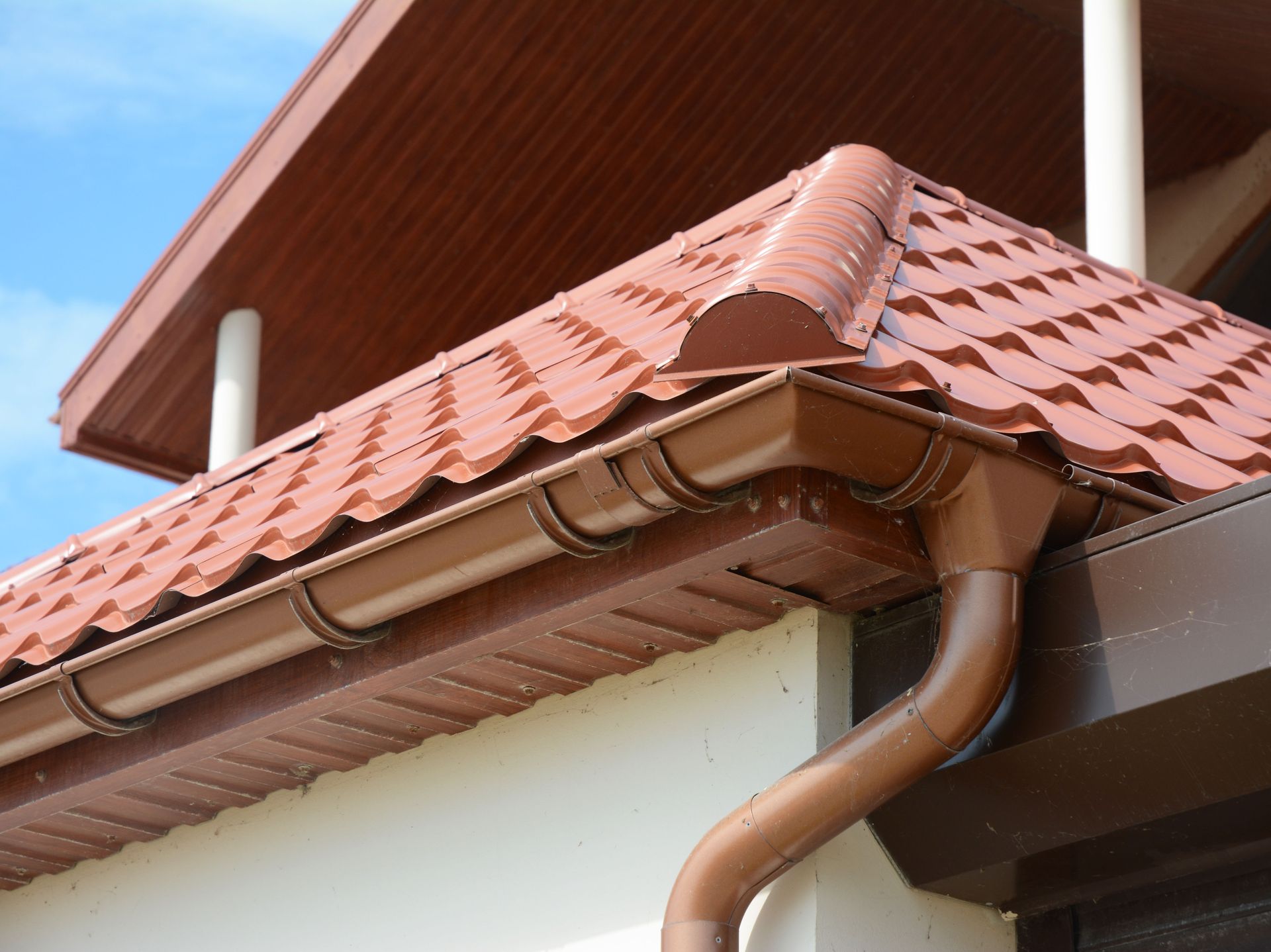

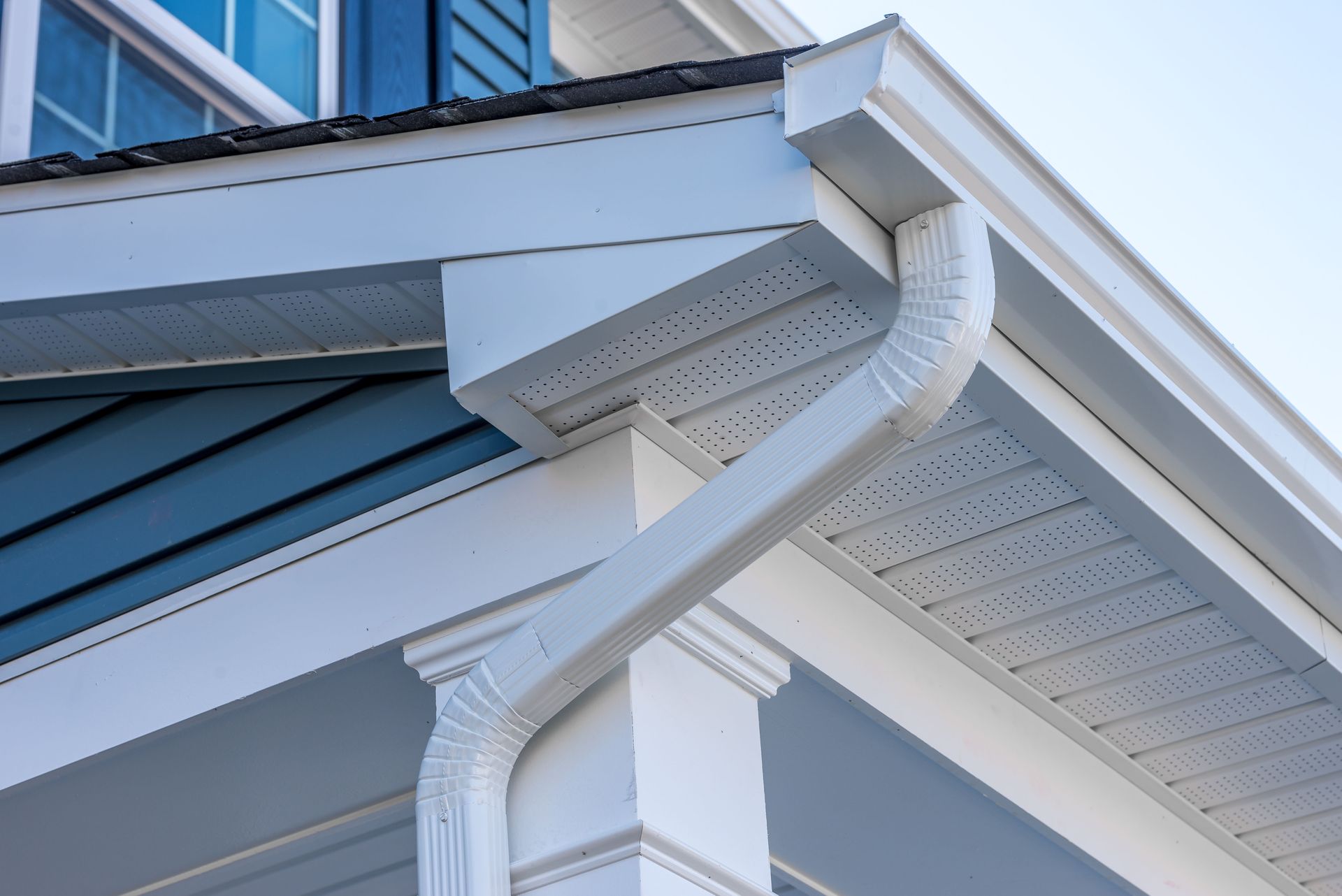
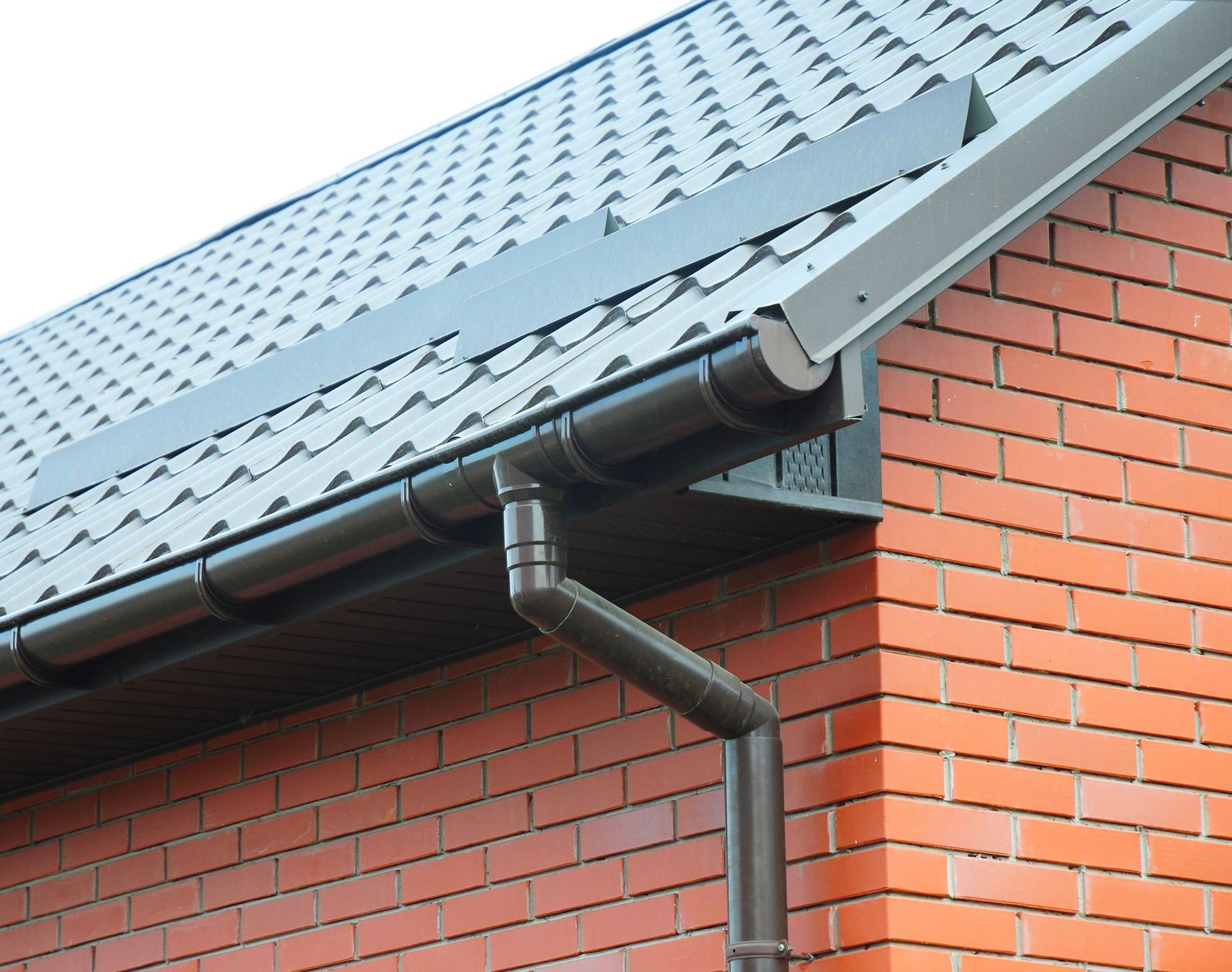


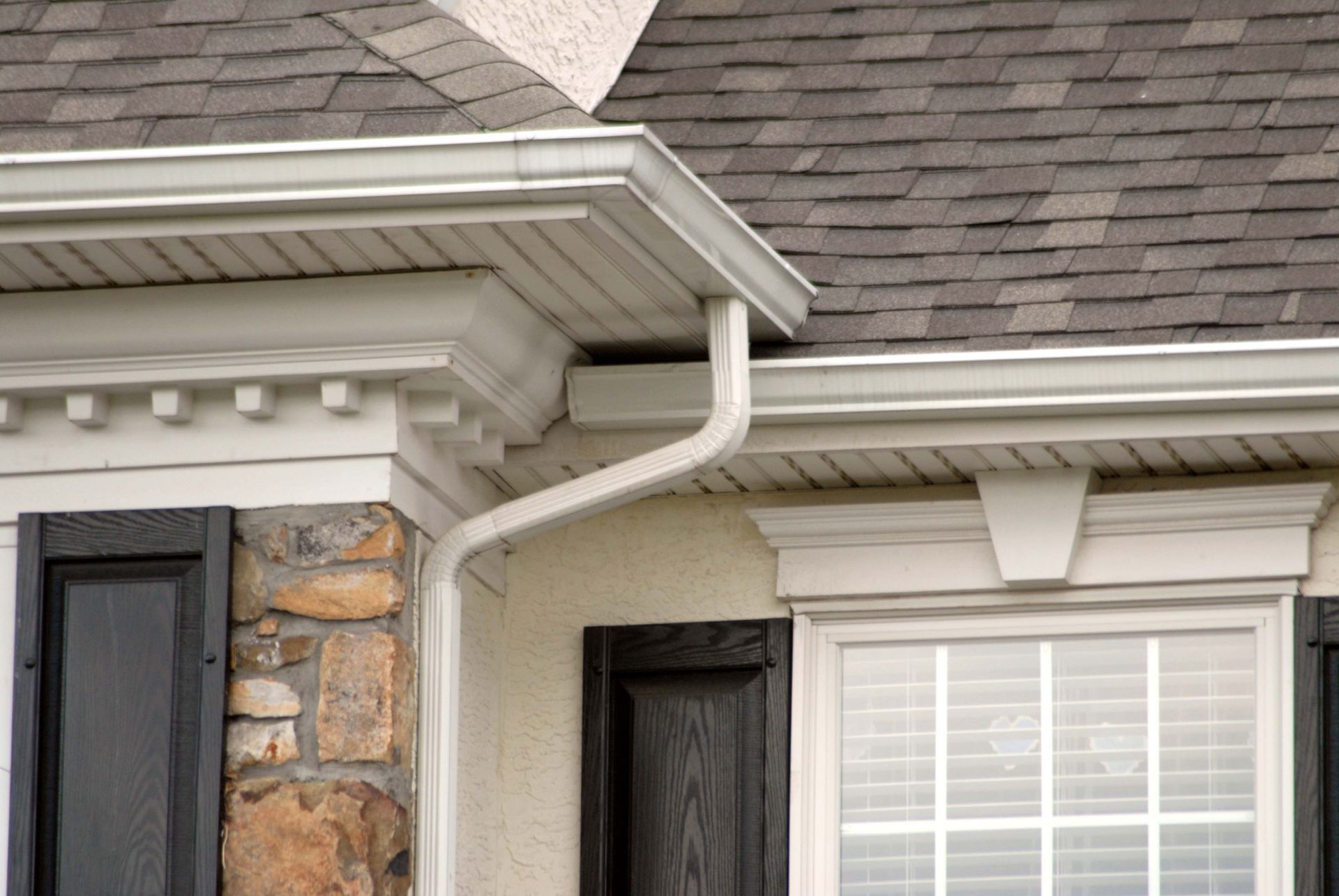
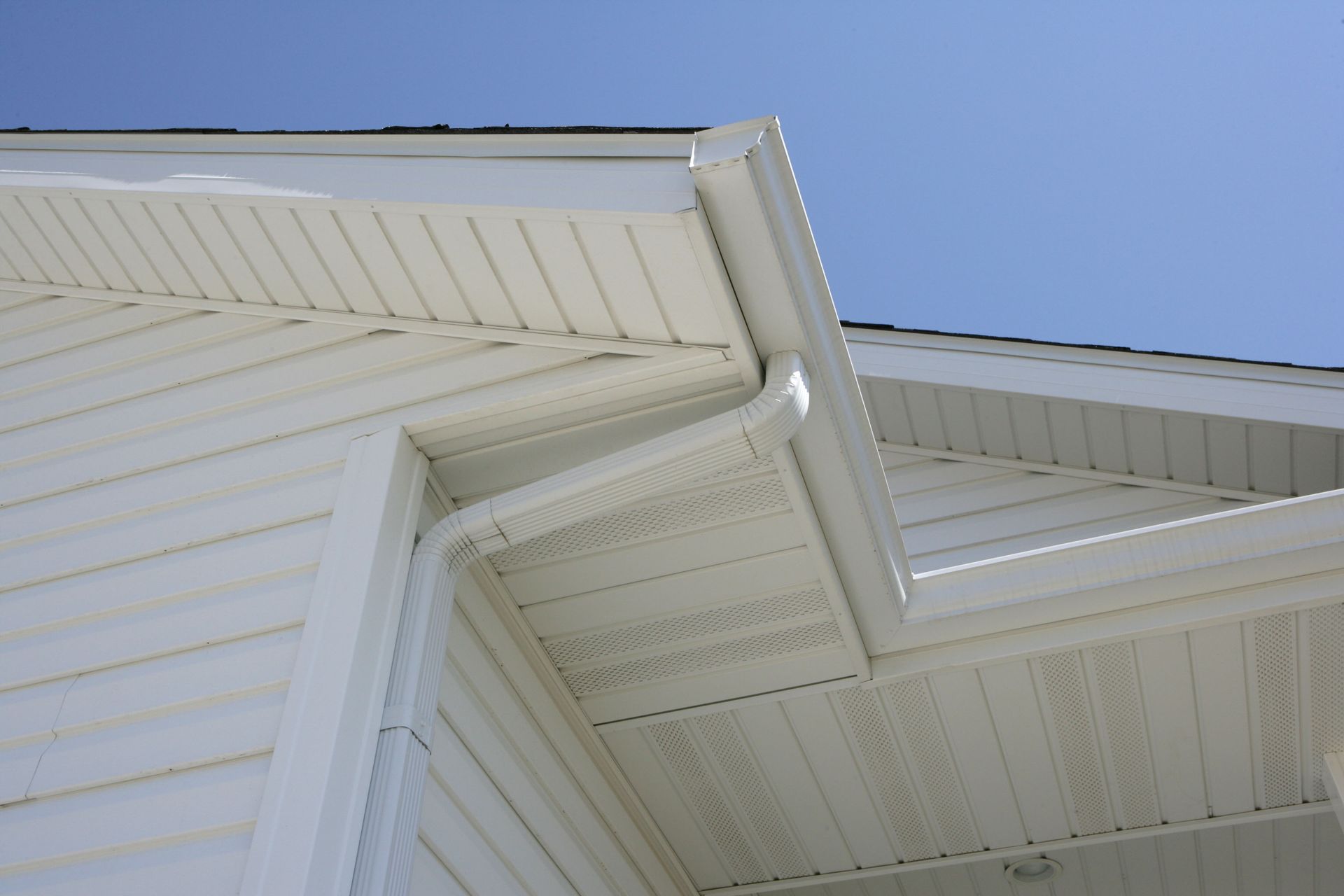

Share On: